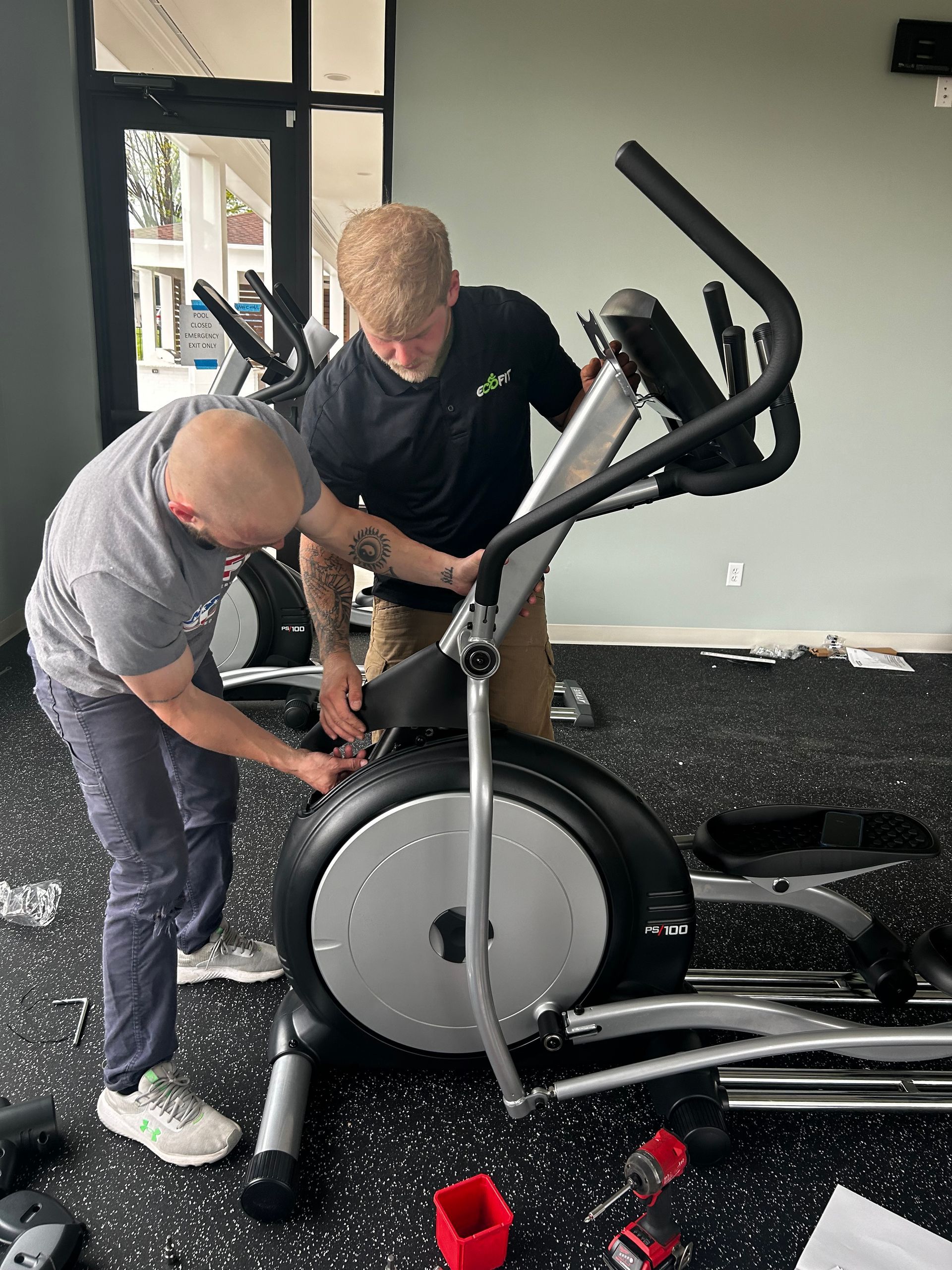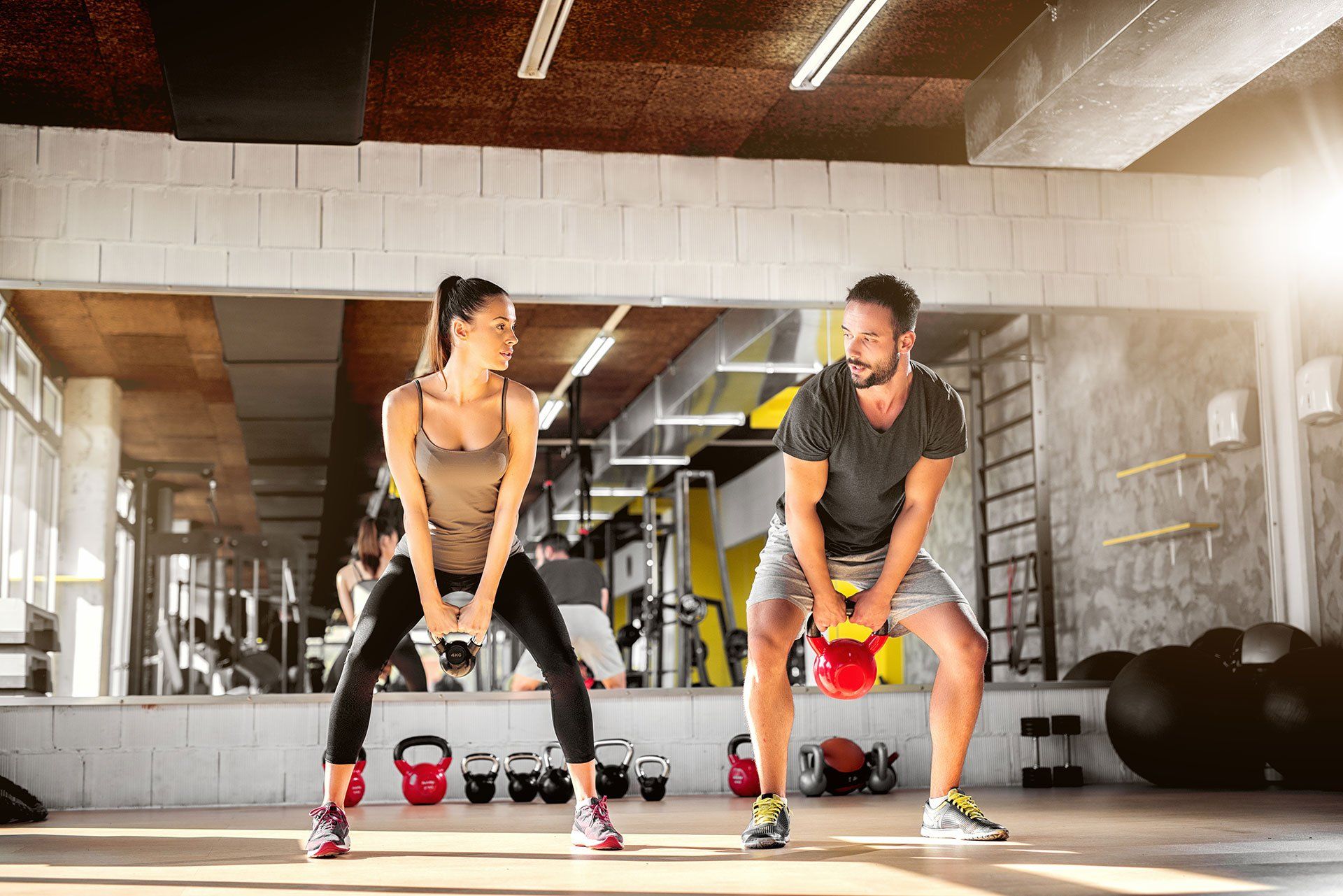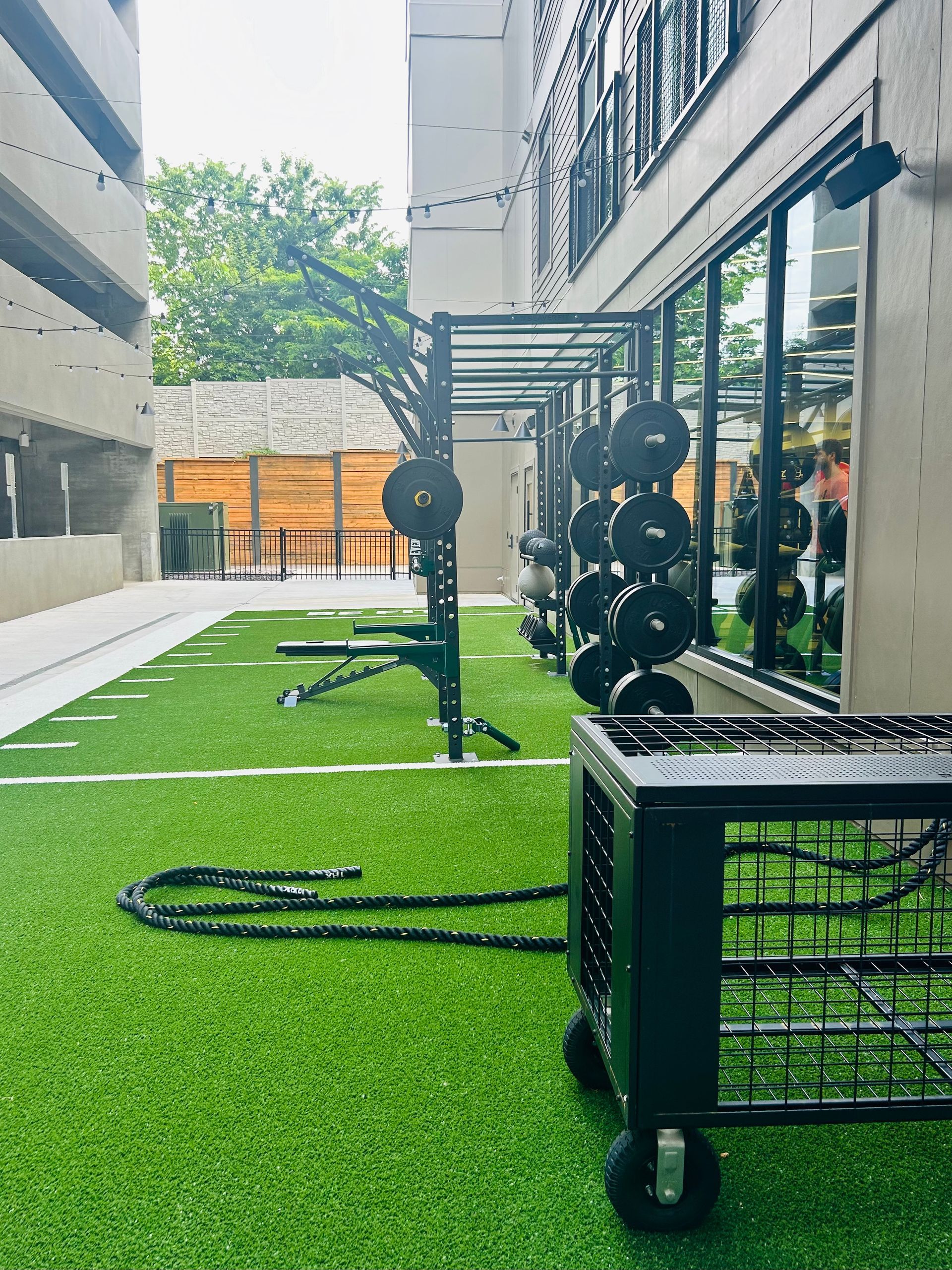How to Choose the Best Gym Equipment for Your Facility’s Demographics
When it comes to outfitting a commercial gym, the right mix of equipment can make or break the user experience. One of the biggest mistakes facility managers make is choosing equipment based on personal preference or brand popularity instead of focusing on the people who will be using it every day. Your facility’s demographics should drive every equipment decision, from cardio and strength machines to flooring and layout.
At EcoFit, we specialize in helping fitness facilities of all types choose the best commercial equipment for their unique audience. This guide will walk you through key demographic groups, what they typically look for in a gym setup, and how to build a space that works for your members and your bottom line.
Understand Who You Serve First
Before buying a single piece of equipment, take a step back and look at your core audience. Demographics go beyond just age. You should also consider fitness level, lifestyle, goals, and usage patterns. Here are a few examples:
- Young professionals want efficiency and high-intensity options
- Older adults need accessible equipment and joint-friendly machines
- Students often look for free weights, functional spaces, and tech-driven features
- Athletes want performance training zones and recovery equipment
- General health seekers prefer a mix of cardio and low-impact strength gear
The better you understand your audience, the better your equipment layout will serve them.
Cardio Equipment: Match Speed with Needs
Not all cardio is the same. Treadmills, ellipticals, rowers, bikes, and stair climbers each cater to different goals. Here is how cardio equipment should match various user groups:
- Treadmills are popular across all age groups, but make sure you’re choosing models with solid cushioning and a variety of settings. Older adults will want gentler slopes and easy-to-read displays.
- Ellipticals are a top pick for those looking for low-impact movement. They work well for rehab, aging populations, and those new to fitness.
- Rowers provide a full-body workout and are popular in athletic and functional training settings.
- Upright and recumbent bikes suit both general users and those with mobility concerns. Recumbent bikes especially appeal to older adults or anyone with back or joint issues.
- Stair climbers are often found in high-traffic gyms with younger or more advanced users.
Don’t just go with what you think is trendy. Let usage data, member feedback, and demographic goals guide your cardio lineup.
Strength Training: Machines vs. Free Weights
Strength equipment is where your facility can shine, but it must reflect your users’ comfort level and fitness background.
Selectorized Machines
For general population gyms, apartment complexes, corporate wellness centers, and senior fitness rooms, selectorized machines are a safe and popular choice. They offer:
- Guided range of motion
- Easy adjustment with weight stacks
- Reduced risk of injury
- A low intimidation factor
These are ideal for users who are new to strength training or want to move through workouts efficiently.
Free Weights and Functional Rigs
In contrast, younger adults, athletes, and fitness-savvy users often prefer:
- Dumbbells and barbells
- Squat racks and power cages
- Cable crossover machines
- Kettlebells and medicine balls
- Functional training rigs
These pieces allow for more movement variety and compound lifts, which appeal to those focused on performance or results-driven training. Just make sure to include ample space for movement and proper flooring to reduce impact and protect your investment.
Functional Training Zones
Functional training continues to grow in popularity, especially among millennials, Gen Z, and athletic populations. These zones typically include:
- Battle ropes
- Sleds and turf lanes
- Resistance bands
- Sandbags
- Suspension trainers
They allow for group workouts, circuits, and creative training that breaks away from traditional gym routines. If your demographic leans younger or enjoys class-style environments, functional zones can become a signature feature of your facility.
Group Fitness Equipment
Group fitness is another area where demographic insight plays a major role. If your facility serves:
- Seniors, you might offer chair-based classes and use light resistance bands, stability balls, and gentle yoga props
- College campuses tend to fill rooms with HIIT, cycling, and bootcamp-style gear like step platforms, kettlebells, and slam balls
- Corporate gyms may see better results with modular systems and all-in-one setups that accommodate limited time windows and mixed fitness levels
Make sure your group fitness space is flexible. Stackable benches, mobile storage, and durable mats help accommodate a wide range of formats without crowding the space.
Flooring and Layout Considerations
Once your equipment categories are chosen, layout and flooring become critical. Different demographic groups will use the space in different ways.
- Open walkways are essential for accessibility and reducing hazards
- Designated zones help reduce intimidation and keep traffic flowing
- High-impact flooring should be installed under free weights and power zones
- Shock-absorbent tiles or vinyl are preferred in cardio and functional spaces
- Acoustic considerations matter in senior centers, apartment gyms, and corporate settings where noise is a concern
EcoFit provides consulting to help plan your layout in a way that maximizes usability, safety, and member satisfaction.
Technology and Equipment Features
Depending on your user base, tech integration may be a deciding factor. This includes:
- Bluetooth or app-compatible cardio machines
- Screens with streaming capabilities
- Performance tracking for strength workouts
- Heart rate monitoring integration
- QR codes for machine usage tutorials
While not every demographic demands tech, it is quickly becoming a standard expectation, especially among younger users and those tracking progress digitally. Consider adding one or two smart pieces even if you are testing the waters.
Recovery and Wellness Zones
Recovery is often overlooked but plays an important role in retention and long-term usage. Many commercial gyms are now including:
- Stretching areas with mats and rollers
- Massage chairs
- Percussion devices
- Infrared saunas or compression boots
If your members are serious about performance or longevity, these extras can be powerful additions to the equipment list.
Budget Considerations and Long-Term Planning
Your budget may not allow for everything on day one. That’s okay. A phased approach based on demographics ensures each purchase has immediate value. Start with foundational cardio and strength pieces that meet the broadest needs, then build out specialty areas over time. EcoFit can help create phased rollout plans based on your budget and goals.
Common Mistakes to Avoid
Here are a few common pitfalls when selecting equipment without thinking about who you are serving:
- Buying too many of one type of machine and creating a bottleneck
- Overloading the space with equipment and ignoring layout flow
- Choosing trendy equipment that sits unused
- Forgetting ADA access or not thinking about older adults
- Ignoring feedback from your actual members
You can avoid these issues by working with a team that understands equipment planning for a range of commercial fitness environments.
How EcoFit Can Help
We know equipment. But more importantly, we know how to choose it based on who is walking through your doors. EcoFit works with facility managers, gym owners, and real estate developers to design equipment packages that align with your goals and your audience.
We offer:
- Demographic consulting to understand your users
- Equipment sourcing and procurement
- Layout planning and space optimization
- Preventative maintenance programs
- Ongoing support to evolve your space as your needs grow
No matter who you serve, we can help you build a gym that works for them.
Final Thoughts
The right commercial gym equipment creates a better experience for your members and a better return on your investment. It starts by understanding who is using your space and making smart choices around cardio, strength, and functional training equipment that meet their needs.
If you are ready to take the guesswork out of equipment selection, contact EcoFit today. We will help you analyze your audience and build a gym that keeps people coming back.






